To India

I’ve never been at O’Hare for what anyone would consider a layover. It’s always been more a “desperate sprint from one far-flung terminal to another”. Wandering through terminal C, looking for somewhere to grab a drink and food, therefore, feels novel.
The high arched ceiling of the main corridor alludes to gothic cathedrals. The niches and warrens that house shops, bars, and cafes strengthen that tie. Unfortunately, the limited space also makes it hard to find somewhere to sit. So I stand awkwardly behind a row of occupied barstools sipping a $10 pint of $3 beer.
Table churn is slow. Food will have to be found elsewhere. The co-worker I’m traveling with gets a salad from the food court. Possessing an iron stomach and the culinary discretion of a raccoon, I opt for the “Chinese” buffet. Bellies full and wallets lighter, we board our flight to Frankfurt.
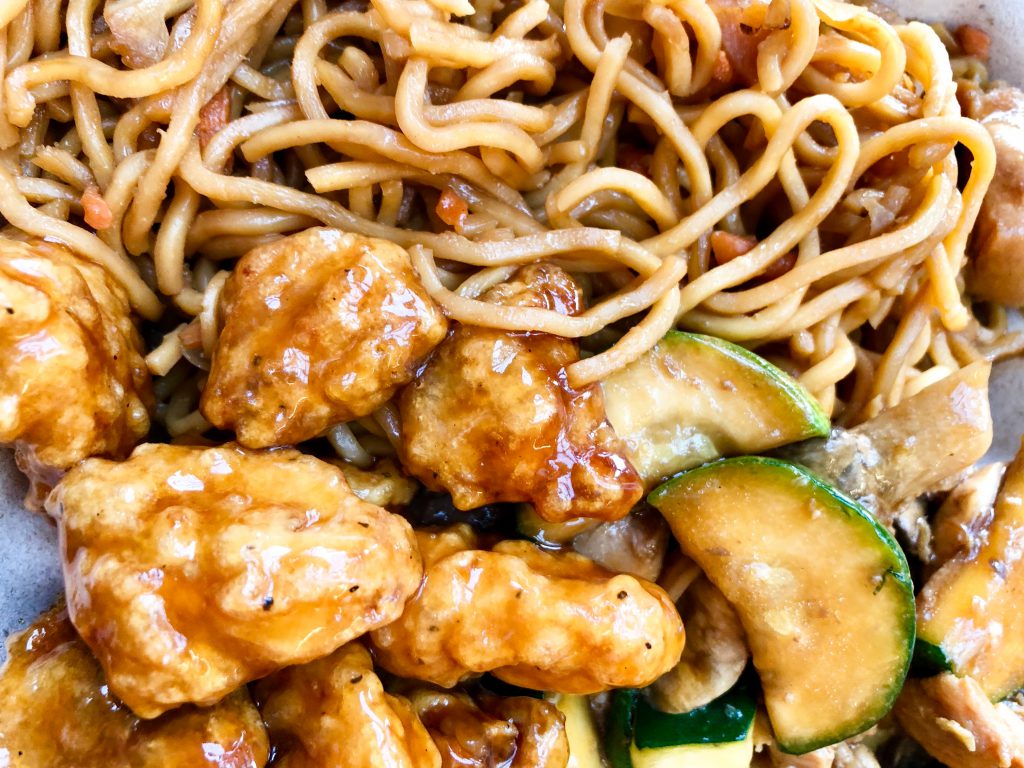
Upon hearing several mentions of it being a full flight, the thought briefly crosses my mind that this being United, I may be at risk of being assaulted and pulled from my seat. But then I remember that I am a straight white man and go back to reading my book.
I read for most of the flight, attempting to sleep a few times and failing until 30 minutes before touchdown.
Frankfurt is the most German of German airports, all clean lines and gloss. The path to our connecting terminal is more byzantine than German though. It snakes through multiple buildings and seems at times as if it is taking us back to where we arrived. Eventually, it deposits us out at an unexpected security checkpoint.
German TSA appears very concerned about the electric razor in my bag. The x-ray agent studies it in a similar fashion to the apes approaching the monolith in 2001: A Space Oddessy, flicking the power button and jumping in surprise when it starts buzzing. Given that it is a Brauhn, a German brand that should be familiar, I am a bit confused by the reaction.
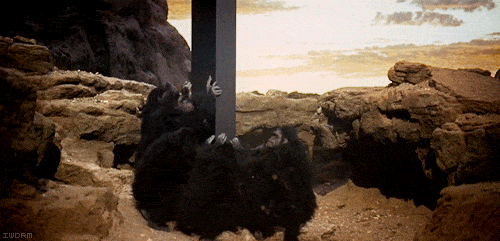
The x-ray agent waves an assault-rifle-toting polezei over to discuss the situation. She flips through my passport and confirms my travel plan with me. After a back and forth with the x-ray agent that overlaps with none of the small amount of Deutch I know, she returns my passport, says that everything is fine, and wishes me safe travels.
Four hours later we are on our way to Bangalore, having failed to acquire better seats because of a lack of integration between United and Lufthansa’s booking systems. Being three rows from the back of the 777 makes for a take off that feels on par with a turboprop hitting jet-wash – that is to say, very bouncy with a lot of harsh lateral movement. I put on my headphones and eye mask and doze off and on for the majority of the flight.
As she’s serving breakfast (chicken shiha, the beginning of this trips’ Indian food), the flight attendant jokes that she has not seen me the entire flight, given that I slept through all the previous meal/snack services. She also mentions that my eye mask looks like a bra, which is true, but it is excellent and I do not care.
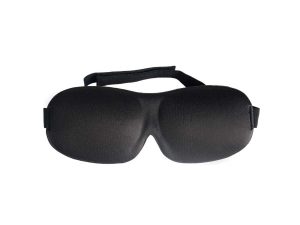
Bangalore’s airport is not as busy as I expected (in fact, it’s almost empty), but it is 1 AM. Due to very ambiguous signage, we stand in the wrong immigration line but are soon re-directed to the correct line.
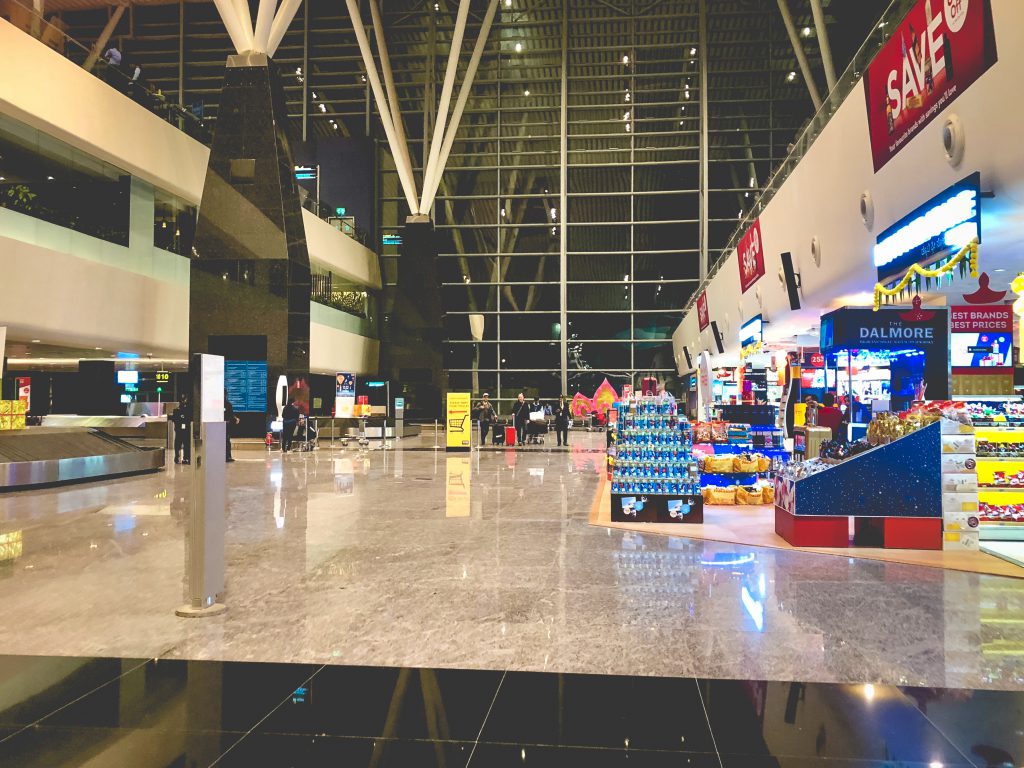
The security stance appears to be the exact opposite of Frankfurt. I could have handed the immigration official any piece of paper in my possession and received an equal level of interest. The customs agent pushes my bags through the x-ray machine, waves me through after I set off the metal detector, then proceeds to go back to sleep.
Our driver is waiting for us and guides us out to a parking area for hired cars. Cool night air filled with the scent of curry powder and chai from the airport’s outdoor vendors replaces the previous 24 hours of recycled airplane stench (John Roderick’s airplanes as “fart-tubes filled with long pigs” remains one of the most accurate descriptors of the modern age.)
Our hired minivan careens down highways and side roads at double the speed limit. Lane discipline, turn signals, and other familiar Western driving concepts are not Indian thought technologies. Our driver takes us flying over speed bumps and potholes, honking at cars, tuk-tuks, cyclists, pedestrians, and stray dogs to warn them of our approach down the center of the road.
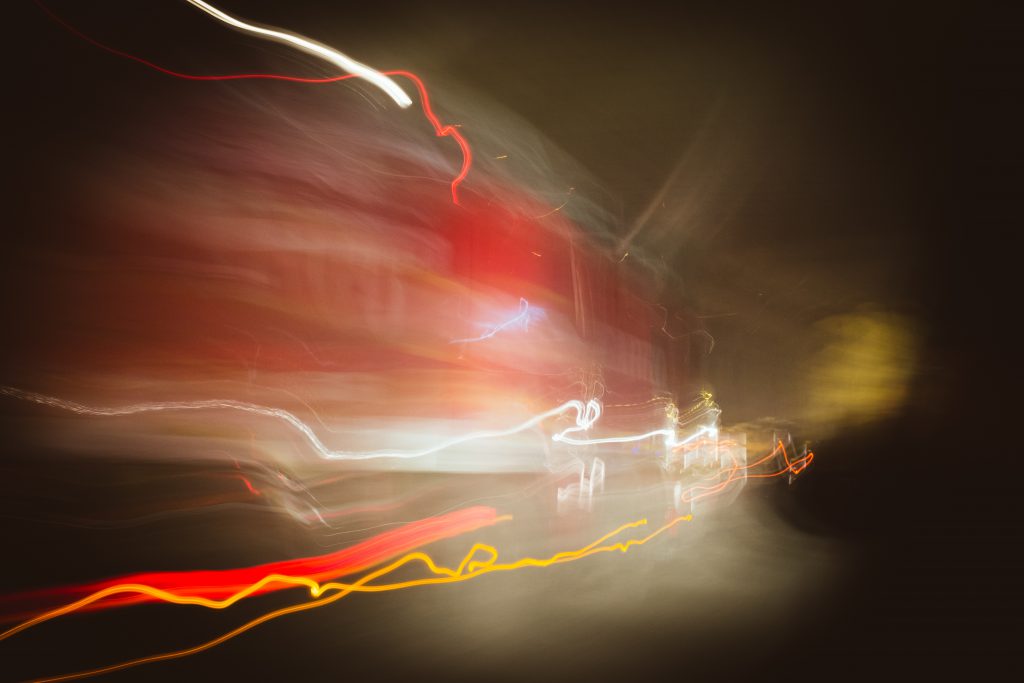
We weave around large trucks for which different signaling rules seem to be needed, flashing the high beams instead of the horn. There does seem to be a method to the chaos, but I can’t fully decipher its rules.
An hour later we arrive at the hotel, which is heavily guarded – high fences, bomb-sniffing dogs, and x-ray machines. The staff is cordial and helpful in a style that is almost uncomfortable. “Namaste. Namaste. Namaste. Thank you. Thank you. Thank you. No seriously, I can carry my bag.” Whereas an American hotel might have just one or two staff in the lobby at 3 AM, this Marriott is swarming with receptionists, bellboys, waiters, and valets.
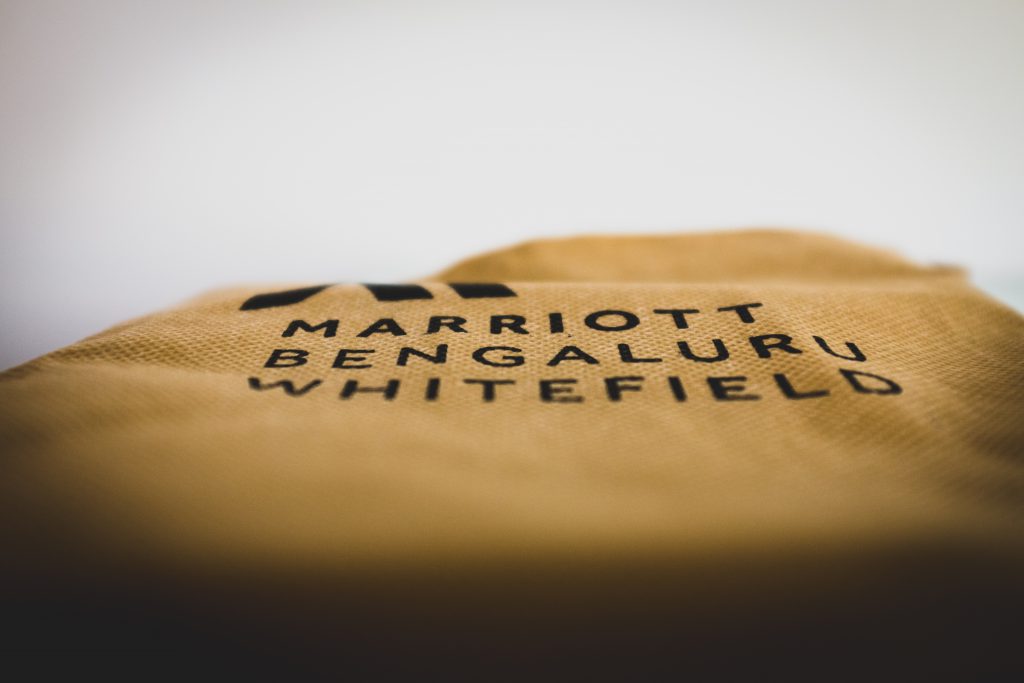
We are offered a selection of juice-filled tumblers. I take one that turns out to be lychee juice and am guided by a hostess to my room where she painstakingly shows me how to use all the different room controls and light switches. I do my best to be polite, but shuffle her out the door as quickly as possible. I want more than anything is to go to sleep.

I set my alarm with the intention of getting breakfast, but hitting snooze multiple times takes me past the hotel restaurant’s breakfast hours. I drink Nescafe and eat a bag of masala-flavored Lays for breakfast instead. The masala wakes me up more than the coffee.
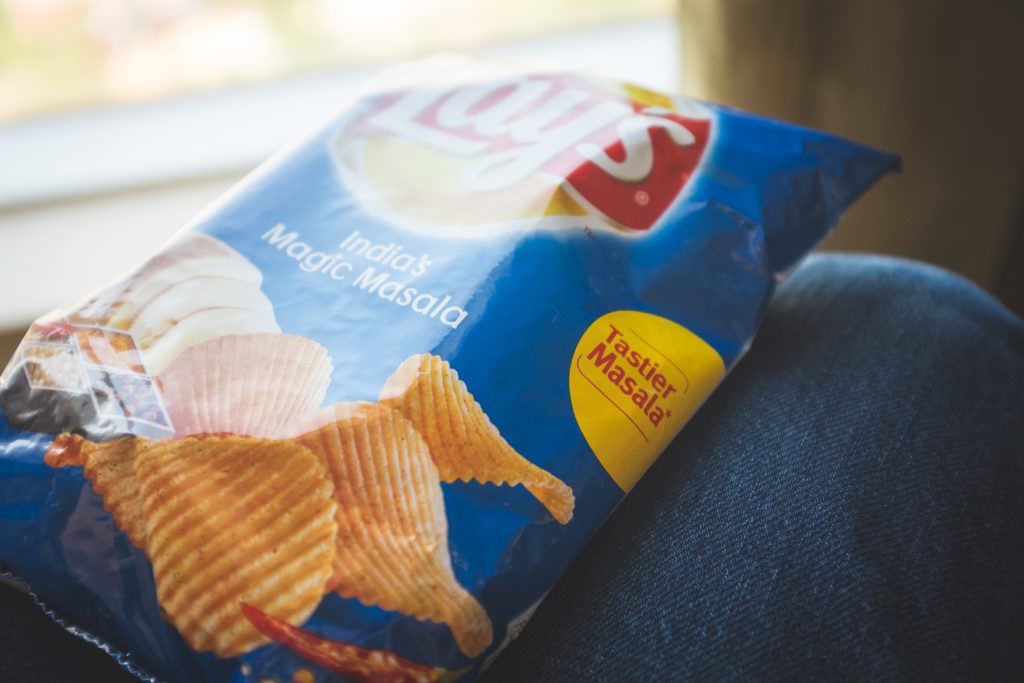
As I consume my non-coffee and spicy chips, I notice a woman hanging laundry on the rooftop of an office building across from my hotel in what looks like a scene from Ip Man. Still sleep-drunk, I imagine an army of Wing Chun practitioners sparring between the clotheslines.
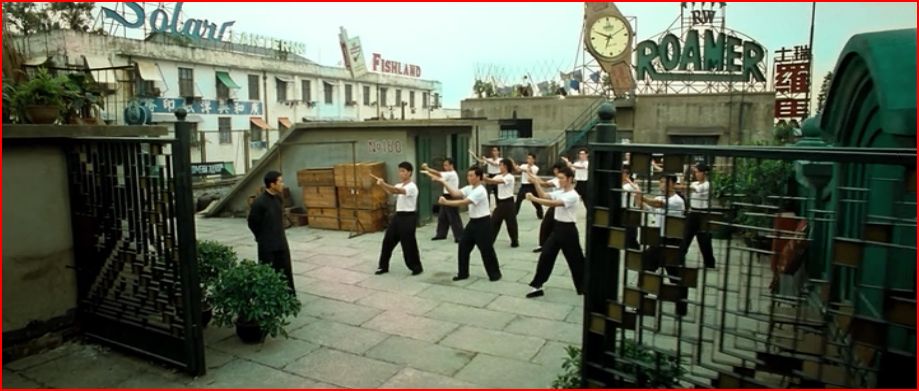
The daytime traffic is fascinating to watch. Motorcycles and tuk-tuks swarm around larger vehicles while pedestrians dart across the road. Occasionally, a vehicle will pull into a drive, turn around and then drive the wrong way back up the road to the turn they missed. The ebb and flow are hypnotic.
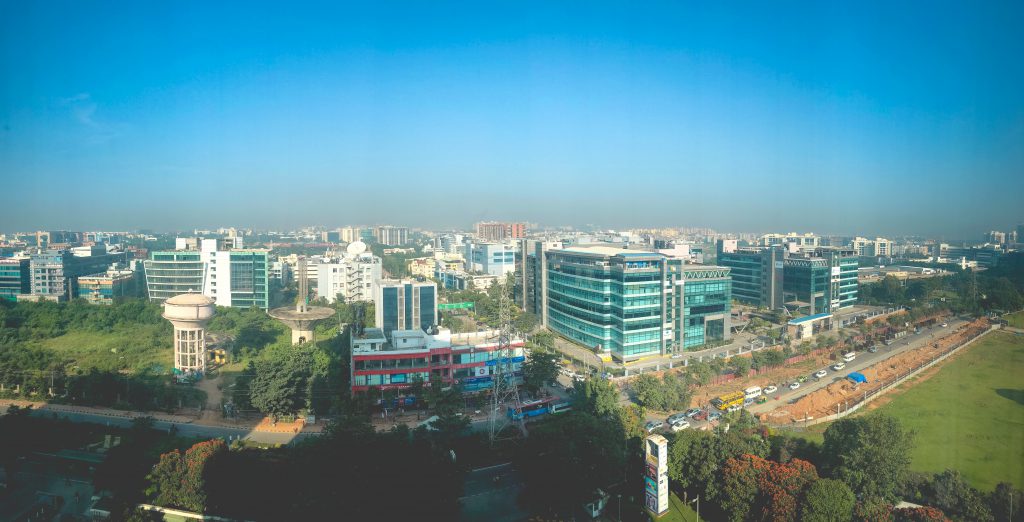
The office address we were given shows as being a half mile away. The sidewalk along the route is in process of being demolished to make way for a new metro line, making it a bit challenging to navigate.
A valet at the hotel tells us the project is scheduled to take three years, but will likely take five. Barefoot workers chop at the dirt with assorted shovels and pickaxes, scooping debris into shallow buckets that look like poorly treated woks. Five years seems ambitious.
We arrive at our destination to find that it is the wrong building. After struggling to communicate with the security guard, I make a call and one of our local contacts comes to fetch us. He chauffers us to a building that is just a few blocks from our hotel.
The parking lot and garage are filled with more motorcycles and scooters than I have seen in aggregate during my life – Hondas and Royal Enfields as far as the eye can see.
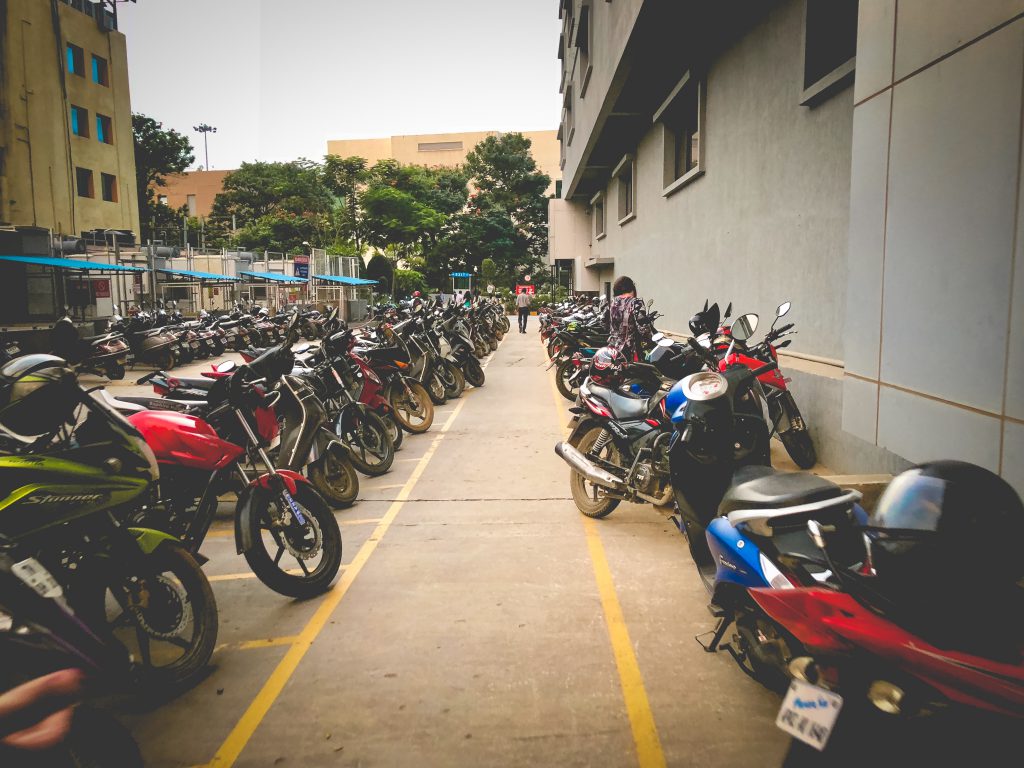
Seemingly dozens of people introduce themselves and I struggle to remember their names. We spend most of the afternoon comparing notes and coordinating meetings for the days ahead.
Our walk back to the hotel is much shorter than the trip to the wrong building but feels more dangerous due to the narrow street and high volume of traffic. There is more sidewalk, but most of it is taken up by parked motorcycles and vendors selling an indecipherable selection of food, which I ask one of our local contacts about.
“It’s nothing you would want. Most of us wouldn’t even eat it.” I’d already assumed as much due to the unappealing smell – a mix of spices and fruit gone/going bad.
Hungry and tired, we drop our bags and head to the hotel’s main restaurant. The menu is a mixture of traditional western dishes and westernized Indian food as well as some items that seem entirely random. I order “Kung Pao” (their quotes) chicken.
It turns out to be good but incredibly spicy. I have to shoo the waitstaff away as they don’t seem to believe I can be trusted to scoop rice and chicken onto my own plate. One waiter, in particular, is genuinely stressed out about me not letting him help.
“Sir please, allow me…”
“I’m good. It’s OK.” I shovel a spoonful of peanuts onto my chicken.
“Sir…” He’s sweating.
“Thank you. I’m OK serving myself.”
“Sir…” He slowly backs a few feet away but continues to watch me. Eventually, he finds someone else to help, but I notice him eying our table for the entire time we’re there, even as other staff re-fill drinks and clear plates. I feel a little bad for not letting him help.
I’m asleep by 8 PM but wake at 1 AM. Luckily, I manage to go back to sleep until a more reasonable hour. We eat breakfast and successfully navigate our way back to the correct office without getting run over.
The morning is full of meetings after which we are shuffled up to a cafeteria on the 8th floor.
“Do you want a meal or a sandwich?”
“What are the meals?”
We’re shown to several stations serving what all seem to be the same stew in slightly different colors.
“What would you recommend?”
“The meals aren’t any good, but some of the sandwiches are.”
“OK, which one?”
“Corn masala sandwich is good.”
Corn masala sandwich is not good. It is an unpleasantly spicy mixture of sweet corn, onions, and tomatoes – mostly onions. I manage to eat half of it in an effort not to be rude while making jokes at my own expense about not being able to handle so much spice. Everyone laughs and nods.
I’m also served “buttermilk” accompanied by the statement that it is “good for digestion” which doesn’t inspire confidence. “Buttermilk” turns out to be warmish milk curd spiced with chilis and cilantro leaves. It isn’t bad and online research reveals that 1.) the drink is more appropriately known as chaas or mor depending on where you’re at in India, and 2.) it can be very good if properly prepared.
After lunch, I comment that I would like to buy my wife a saree (which seems like the most stereotypical Indian thing possible) while in the country and ask if the clothing sizes are similar to US or British scales. This produces a confused look followed by laughter.
“Sarees are all the same size, six yards of fabric.”
“Oh. So it’s basically just a long blanket?”
“Yes.” With ‘stupid American’ remaining kindly unspoken.
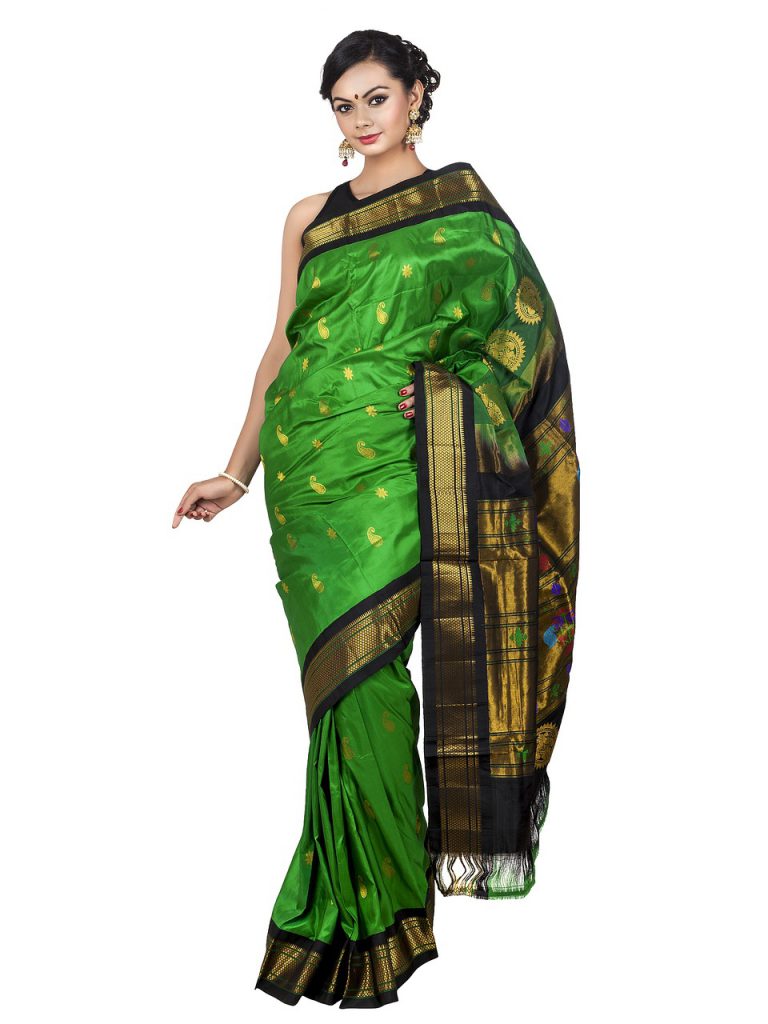
We end our day and wander back to the hotel.
Its elevators are plastered with advertisements for barbeque at one of the hotel’s restaurants. Overwhelmed with curiosity for what constitutes a pulled-pork sandwich in India, we make our way to the second floor and find the Whitefield Bar and Grill located pool-side. It is entirely empty.
“Reservation?”
“Umm… no?”
A sigh, then a look back into the restaurant. “We can seat you on the patio, I guess.”
I order a Moscow mule and the pulled-pork sandwich, which turns out to be something like a sloppy-joe topped with coleslaw on a black bun. It’s not bad, but not barbeque.
I fight it, but again, I’m asleep by 8.
The next morning, we try a shortcut someone at the office recommended. My coworker decides to film the walk with his GoPro. Possibly because of being self-conscious about looking like tourists taking video, this is the first time I realize that we are and have been the only white people walking on the streets, even though white Westerners make up the entire residency of the hotel.
When we watch the video later, it’s startling how big a difference there is between inside and outside the office park. Outside is chaos – mounds of trash, noisy traffic, throngs of day laborers rushing past one another trying to find work.
Inside, workers sweep every inch of sidewalk and floor, the constant honking of tuk-tuks and cars is muffled by tall concrete walls, and rich-in-comparison IT workers buzzing around offices adorned with the logos of Western technology giants. Bangalore is rising to what San Francisco is descending to. Hopefully, when they meet, Bangalore will keep climbing.
At the office, I get a call from the coworkers I had asked about sarees. They ask for my wife’s t-shirt size. An hour later, they show up with a shopping bag containing a blue kurti and leggings. This seems to be a standard, modern outfit for Indian women who aren’t wearing Western-style clothing.
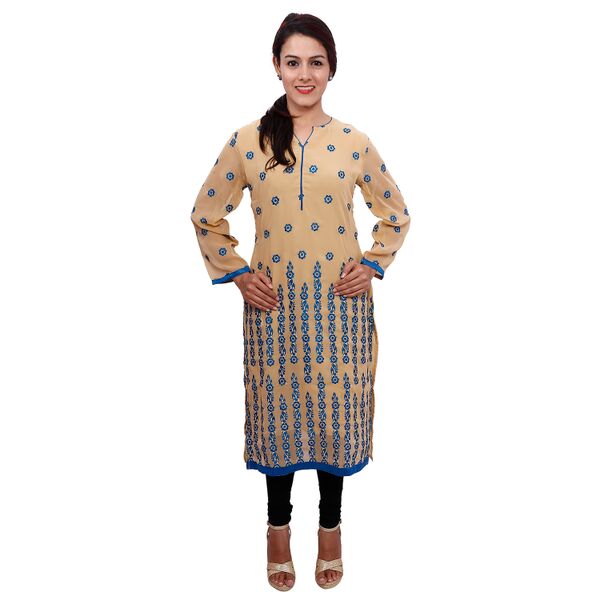
They also give me a couple of Diwali (which just ended) related gifts, a steel platter full of mixed nuts and a clay candle cup.
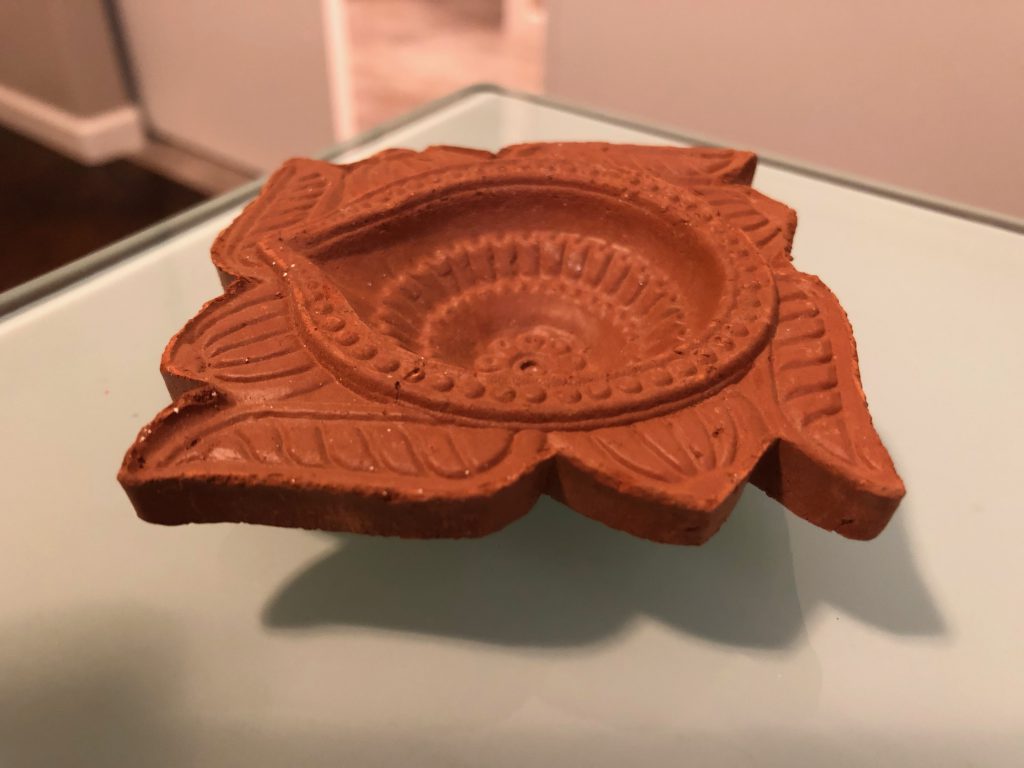
I can’t help but think this was partially driven by “he’ll never figure this out on his own”, which is likely true. Whatever the case, its a much-appreciated kindness.
Throughout our meetings, there are several mentions of a Friday outing. I eventually gather that it is to “a resort”, which contains “a water park, but not like an American water park”. We are invited.
The cycle of wake up, eat, walk to the office, hold meetings, walk to the hotel, eat, sleep continues for the next two days, over which I manage to find out the resort we’re scheduled to visit is called Club Cabana, there will be “team building” activities, and we’re to be picked up at 7 AM.
From their website:
Club Cabana offers hospitality that symbolizes Indian traditions and culture with a blend of modern preferences. A welcome as warm as this ancient land will enfold you as soon as you step through our doors. Be prepared for a standard of splendour that you thought was long past.
During breakfast on Friday, the coworker I’m traveling with complains of feeling ill but still plans to visit the resort. This remains the plan until our ride arrives at which point he bails to go back to his room.
Recent rains have washed out many of the roads, resulting in giant potholes that in-turn create stop-start traffic and jarring, metal-on-asphalt bounces. My sick coworker’s choice to stay back at the hotel proves to be a wise one.
We pick up a local coworker, then drive to the apartment complex of yet another coworker, where we trade the compact four-seater we’ve been riding in for a larger SUV. Taylor Swift blasts out of the stereo as soon as the driver starts the car and we proceed to listen to a soundtrack of American pop against the backdrop of small Indian towns and countryside.
Several wrong turns are made as a result of conflicting GPS directions and local geographical opinion. We arrive just as breakfast is ending and in time for a “state of the business” presentation. The room has a high metal ceiling and the PA isn’t properly tuned so I do my best to focus on what’s being said but most of it is indecipherable. I just clap when everyone else claps.
After the meeting, there are “team building exercises”, which turn out to be a task relay and a game where we are blindfolded and asked to make animal sounds to find others on our team. Everyone seems focused on making sure I am enjoying myself and I have to reassure them that “Yes, this is fun.” Given the rigid hierarchical structure that most Indian businesses adhere to, it’s nice to see the managers making clowns of themselves and committing to their roles in the games.
Games complete, we are released to the resort’s facilities, which include the water park, a cricket/football pitch, a tennis court, an archery range, and a bowling alley. I didn’t pack any swim trunks for the trip but find out they can be purchased onsite for 200 rupees (about $3 USD). I buy these shorts sight unseen and on unwrapping the packaging find that they are somewhere between a speedo and boxer briefs in size. I will be a pale ghost in tiny pants for the day.
Out in the wave pool, I discover that most of the resort visitors don’t know how to swim and definitely don’t know how to float. So I become a minor celebrity as I float through each wave. I am asked several times how I am floating and tell them that Americans are made of 50% fat, so we float easily.
I spend the afternoon switching between the slides and the wave pool, sticking mostly with the recent college graduates in the group who want to ask me about American movies and comic books.
“Marvel or DC?”
Around four I swap back into dry clothes and visit the archery range. Archery has a long history in India, so I expect that I will be embarrassed by the others outshooting me. It turns out to be the opposite and I’m able to cluster most of my arrows on top of each other in the bull’s eye and in a group to the far right that contains all the arrows with missing feathers. Given that I haven’t shot a bow in 15 years this can be attributed to luck and a limited memory of how to aim.
Before leaving we settle in for tea and snacks. Knowing that the ride back will be rough, I limit myself to a few bites of fried zucchini.
The return trip actually turns out to be faster and less severe due to taking a different route that is mostly highway. Along the way, the Indians I’m traveling with tell me about their trips to America and how hard it was for them to not honk the horns on their rental cars when they visited.
One was warned while in Houston that honking at the wrong driver may result in him getting shot.
“Is this true or was he joking at me?”
“Unfortunately it is.”
It’s fully dark when I’m dropped off at the hotel and I stop at the restaurant to order another round of “Kung Pao” chicken. It doesn’t seem nearly as hot this time.
The next morning we coordinate with some of our local coworkers to have lunch and go shopping. The hotel provides a driver who takes us to Mahatma Gandhi Road further into Bangalore. Along the way he stops several times, wanting us to get out and shop at what are obviously his friends’ shops. We have to tell him repeatedly that we don’t have time to stop because we are meeting people.
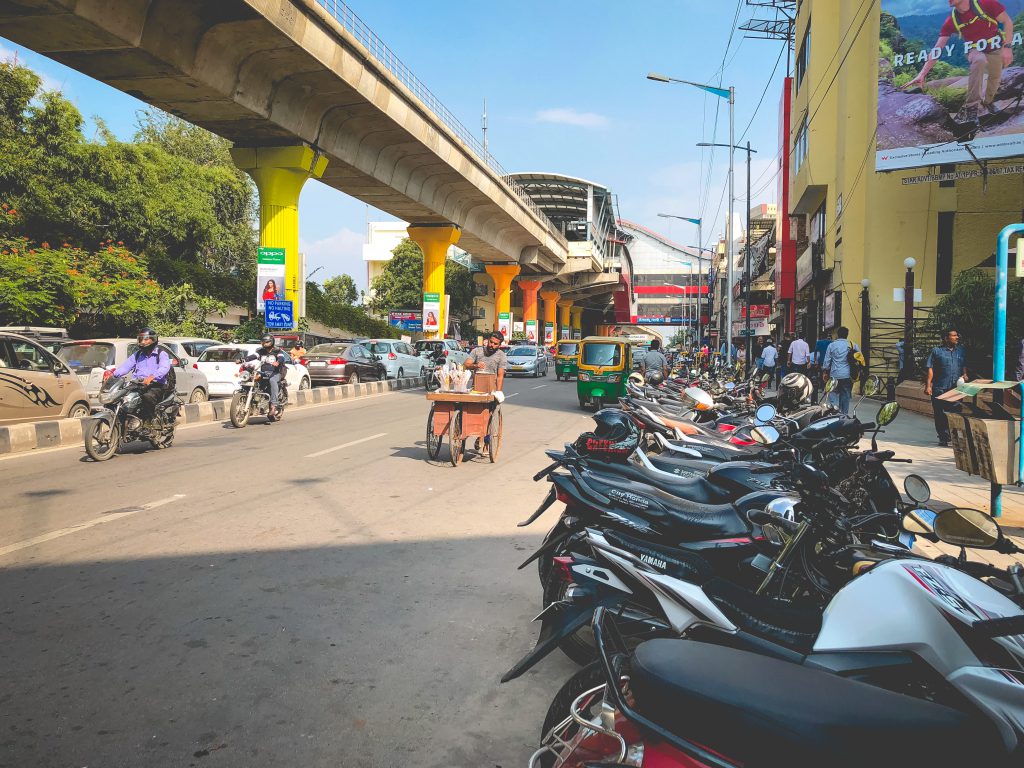
Even with the asides, we make it to our destination a little early and have time to buy some knick-knacks from a store with a needlessly complex checkout process.
- Pick out purchases.
- Go to the clerk in that particular area of the store and trade your selected items for a checkout ticket.
- Once all items have been selected, go to a central purchase counter, turn in your tickets and pay.
- Take your receipts to a “delivery” area and trade them for your purchased items.
This is what I imagine visiting a JC Penney in 1930 was like.
While picking out items, our local coworkers seem surprised by my knowledge of Hindu mythology, which is honestly very limited. I am able to point out a few major members of the pantheon from the shelves of statues but have to ask about most. I end up with a Ganesha:

and a Shiva depicted as Nataraja which is kind of awesome because he’s standing on a dwarf (which apparently represents ignorance). I can get behind that (smashing ignorance, not dwarfs, who have never done anything to me).
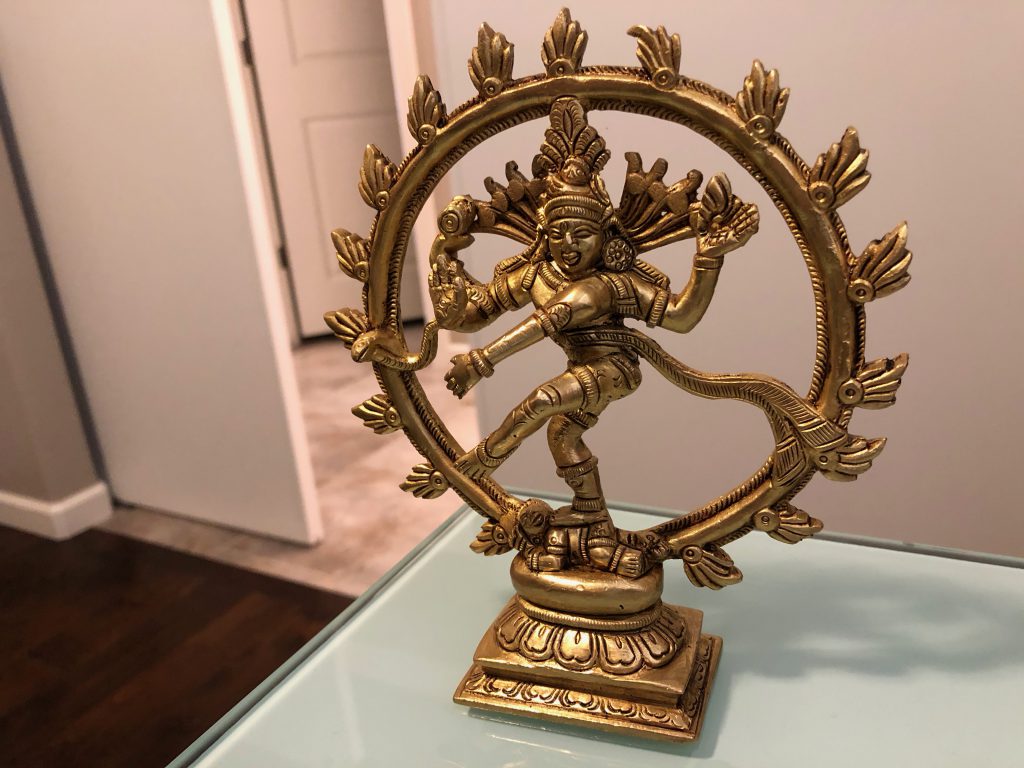
We walk to a building called the Barton Center to eat at a restaurant on the 13th floor called Ebony.
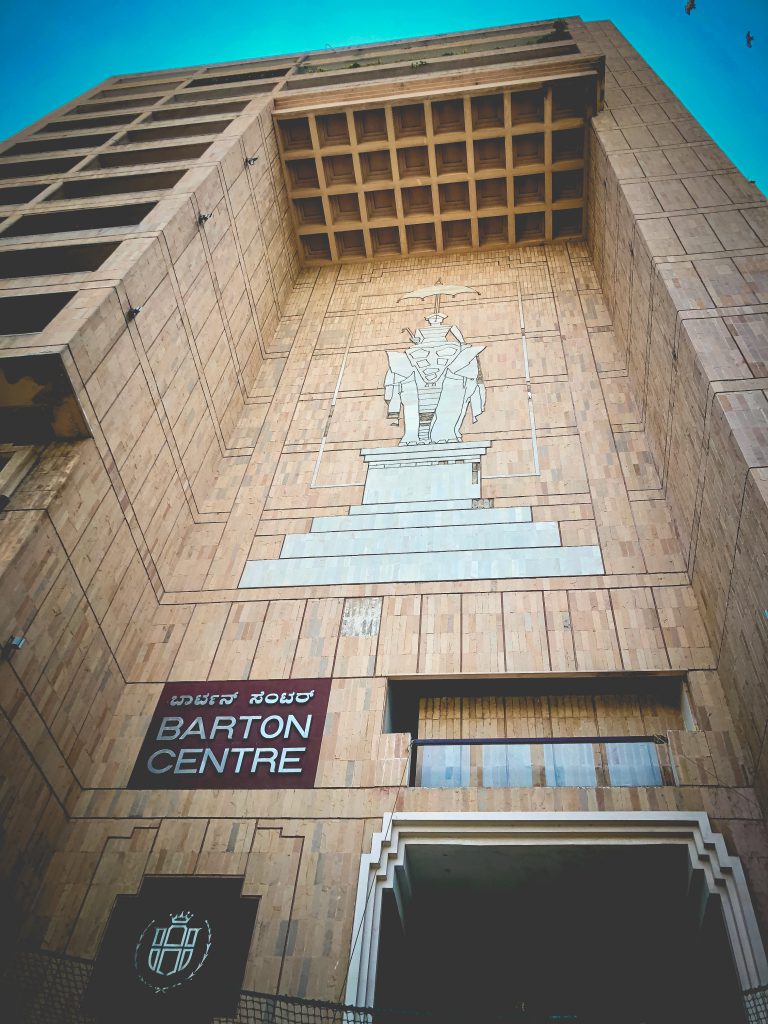
The food is good and I’m dealing better with the spice now. I see one dish with sambal oelek, which I’ve had before, so I use it as a spiciness baseline. It turns out to be the hottest thing on my plate, so that works out well.
Our original plan was to eat here at night to see the city lights from up high, but the daytime view works relatively well, although we’re facing away from downtown.
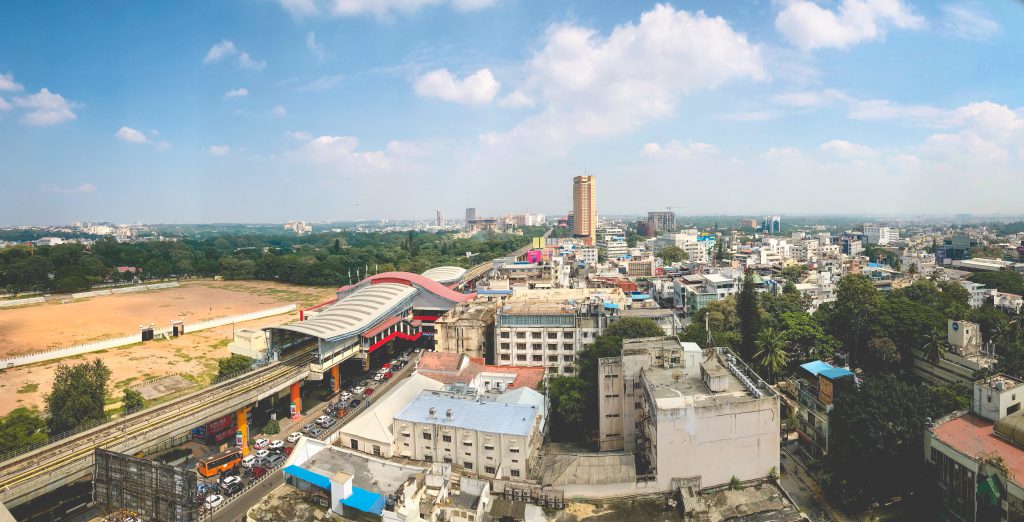
On the way to the elevator, I notice that the interior of the building looks like a rectangular version the tower from Dredd, which was filmed in Ponte City Appartments in Johannesburg. So it actually looks like Ponte City, I guess. I only know this because I listened to an episode of 99% Invisible about it.
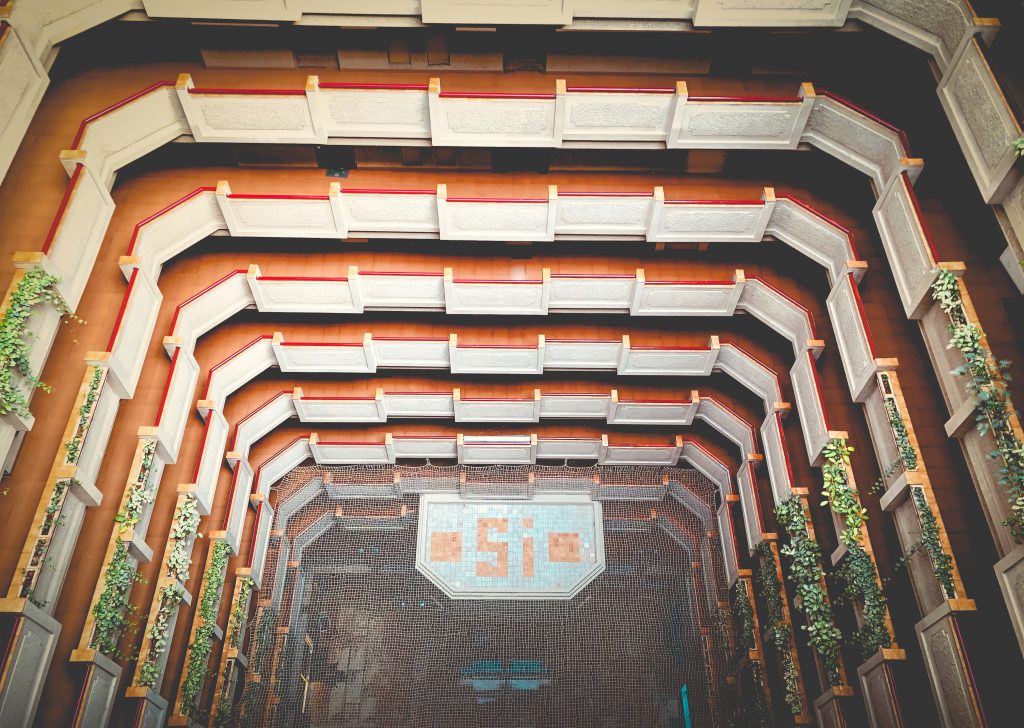
The leader of our shopping expedition takes us to an area called Commerce Street for “street shopping”. She is committed to helping me get a saree for my wife and says that this is the place to do it. What I thought was going to be “buying a blanket” turns out to be more involved than I expected and I am grateful to have a guide.
I buy the saree, then a blouse, then a petticoat. Then we have to visit a tailor in a semi-collapsed alleyway who adds some structural support to the decorative edges of the saree. All of this is done while wading through the densest sea of people and vehicles I’ve ever seen.
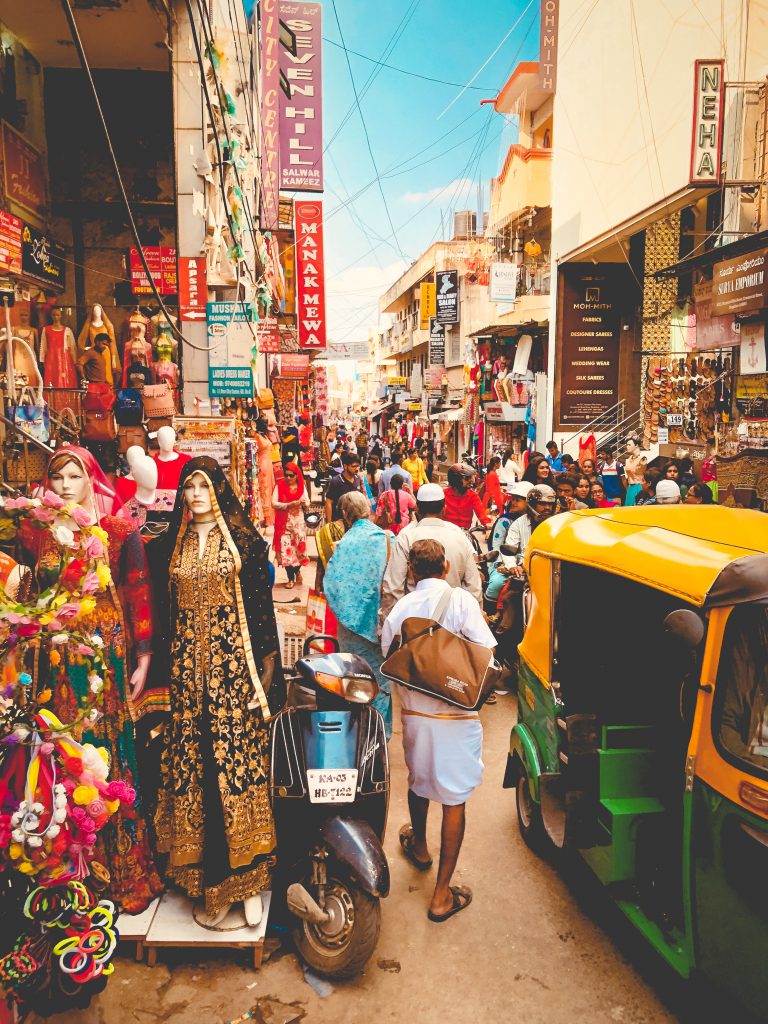
My arms are constantly getting clipped by the mirrors of tuk-tuks and I have to step over the tires of multiple motorcycles which are edging up on me as I walk. I do my best not to get run over by the dozens of food carts we encounter, several of which are advertising “American Sweet Corn”.
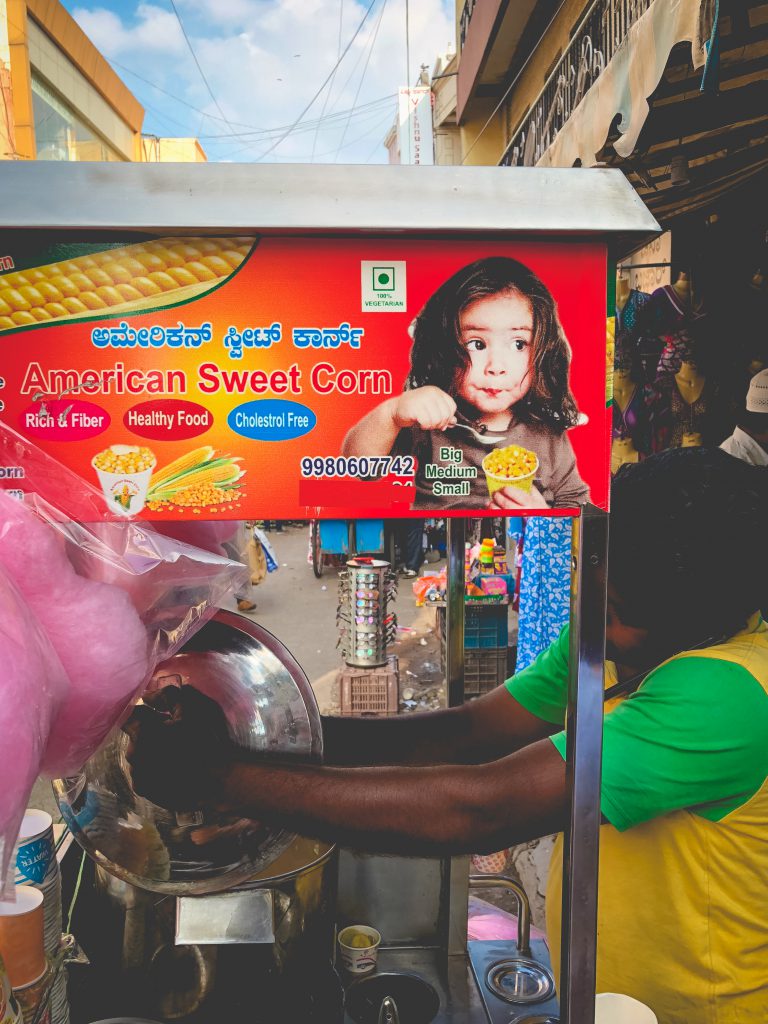
I momentarily forget about the specter of Delhi belly and try some spiced pineapple from one of the stands. It is very good.
The smells and colors of the market are overwhelming. As is the variety of random items for sale. Socks seem to be one of the more popular items, but there are also quite a few vendors selling stuffed animals.

The crush of people is incredible but there are occasional gaps where we can catch our breath.
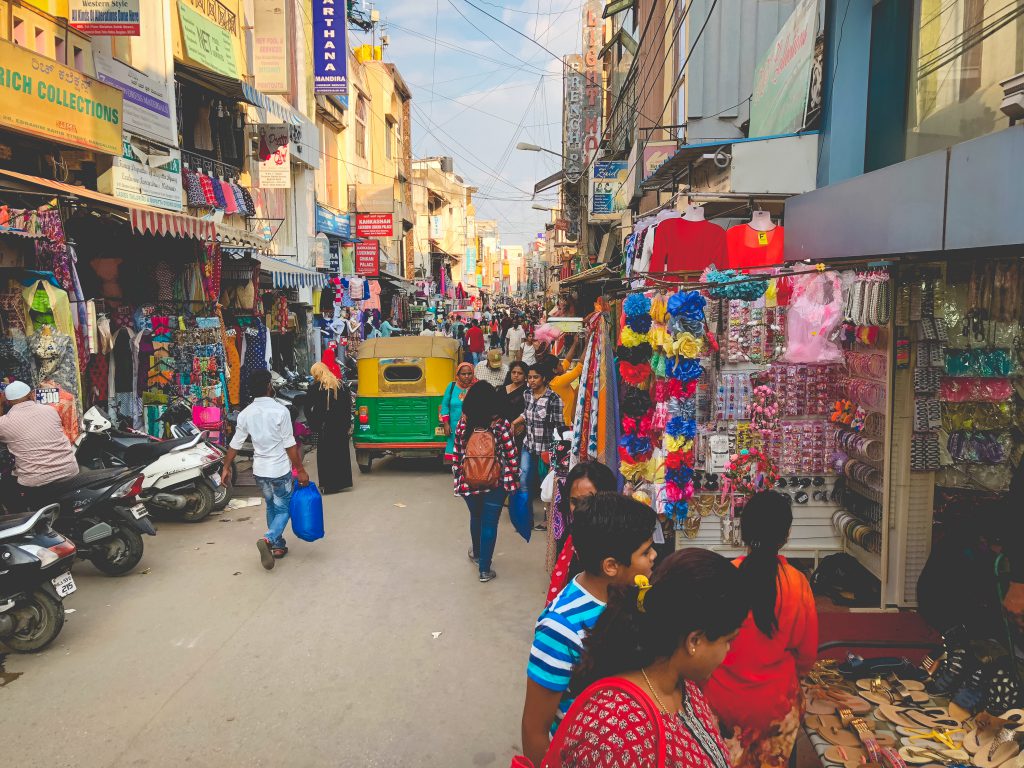
I notice lots of birds in the sky as we wander deeper into the market. They are accompanied by an increasingly strong smell of dead fish so I assume we are getting close to a seafood market. Our shopping guide confirms this.
We avoid the fish market but walk to a nearby church. They are holding service inside and I can see the altar lit up in flashing neon, which I’m not used to associating with Catholic mass.
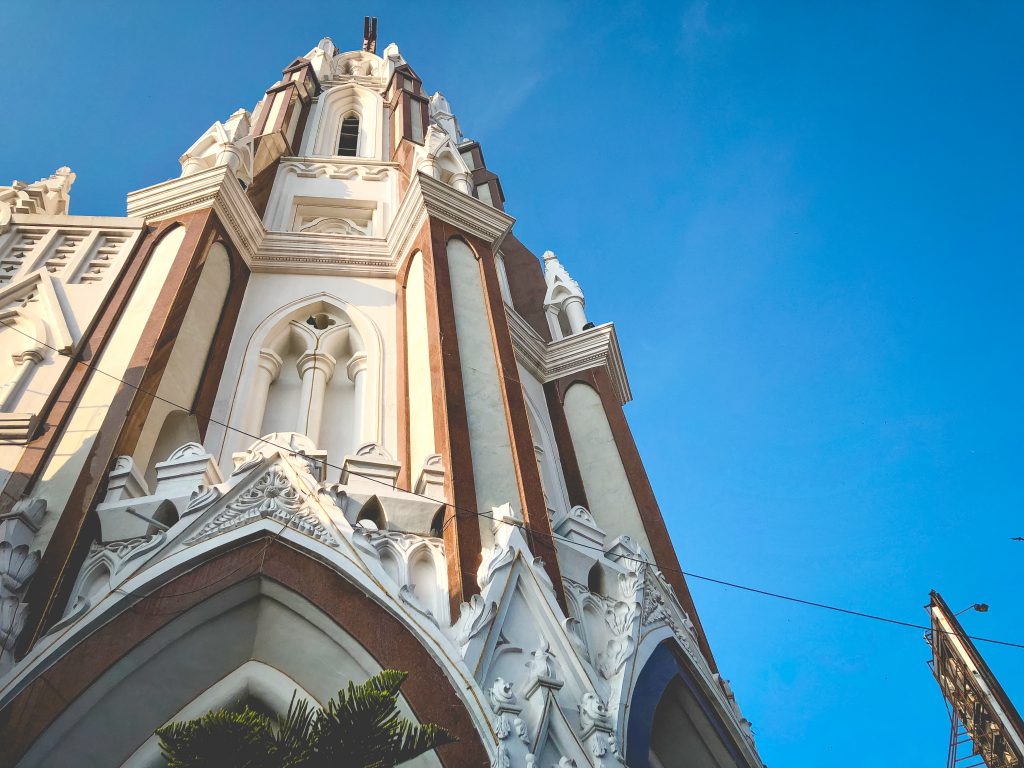
This seems to be the edge of the market area so we begin making our way back to one of the main streets to call an Ola for the return trip the hotel. This takes quite a bit longer than expected. Our coworkers tell us that the area is about to flip to nighttime pricing so the several drivers we summon put us off to wait for the pricing to go up. Eventually, a driver arrives and we say goodbye to the kind people who have accompanied us all afternoon.
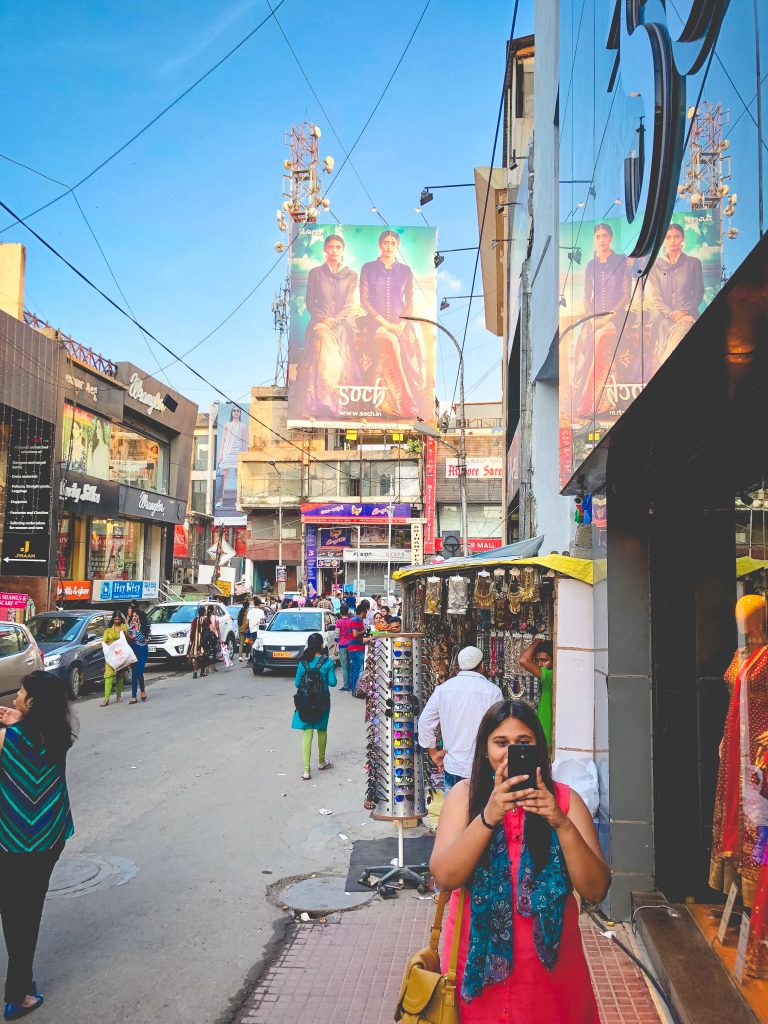
On the way back, we notice the driver has selected one of the longer routes that Google offered him. He also stops at one point to pee by the side of the road. So basically just like Uber. Our hour-long ride only costs 365 rupees (about $5.60 USD), so taking the longer route isn’t as annoying as it could have been.
A quick dinner, then a shower and I am ready to head to the airport. During the car ride, I think of how much I like this place. The people have been incredibly kind. The food has (mostly) been good, and the perspective has been invaluable.
I close my eyes and sink into the seat. As we hit potholes and soar over speed bumps, I let myself melt into the motion like I’m riding a wave. Soon, I’m asleep.